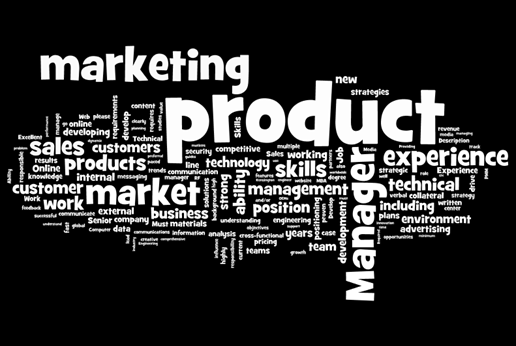Every customer support forum and blog has at least one post talking about the importance of ‘knowing’ the target customer. This is one of those well established cliche-stereotypes that David Foster Wallace points out in Infinite Jest – we talk about them so much because they happen to be true. The only question is, how true?
Is ‘knowing’ your customer really enough?
Cadbury’s knows that its customers are young parents buying chocolates for their kids or teens buying chocolates for each other or middle aged people buying chocolates as gifts. Netflix knows that its customers are strapped-for-time movie buffs who love the convenience and ease that Netflix gives them. But do Cadbury’s and Netflix really know who their customers actually are, what they are doing when they want to buy a chocolate or a movie, when the decision is made to buy a chocolate or order a movie, and so on.
The ‘ideal customer profile’ is not going to reveal the details, and these are the details that matter.
Getting your hands dirty
A month back, Economic Times ran a fascinating story on Airline bosses and the lessons they picked up from talking to passengers while travelling. They figured out how important cheese sandwiches were, faced ground-level problems, got themselves a crash course in regional culture and basically got their hands dirty. The CEOs of India’s flying corporates, though competitors and sometimes bitter enemies, all agree on the point that they learn more from actually being in the shoes of their customers than by anything else.
This is something FMCG companies like ITC and Unilever know very well. Both these companies send their fresh recruits out into the field, into the place where the product has to be sold – the rural heart of India. Even the top management heads out to the street sometimes, in search of that small and elusive insight that could take the sales charts off into the stratosphere.
Do it like Dockers
In Malcolm Gladwell’s retelling of the story, this is exactly what ad agency FCB did with the Dockers campaign of the 1980s. The campaign called ‘Dockers World’, catapulted the khaki brand into probably the most ubiquitous male fashion statement of that period. The insight that FCB used was the male baby boomers’ urge to conform to standards, and not look like a made up Ken doll. The Dockers khakis were exactly that, they came in just three colours then, and all of them were made up of the stringently similar amount of cotton. And so the men who wore Dockers ‘fitted in’, which was exactly what they wanted to do. The iconic campaign is still remembered as one of America’s greatest, and FCB still consider it one of their crowning achievements.
Look for that insight
This story again illustrates why just knowing your customer isn’t enough. And in a product marketing setting, it only makes more sense. The customer profile you have drawn up can help, of course, but it will never come close to looking at the world from your customer’s eyes, figuring out his motivations, his reasons for doing something and what he wants from the product you want to sell to him. These questions may have the most surprising answers and from these answers, will come the insight that will endear your product to the consumer.






